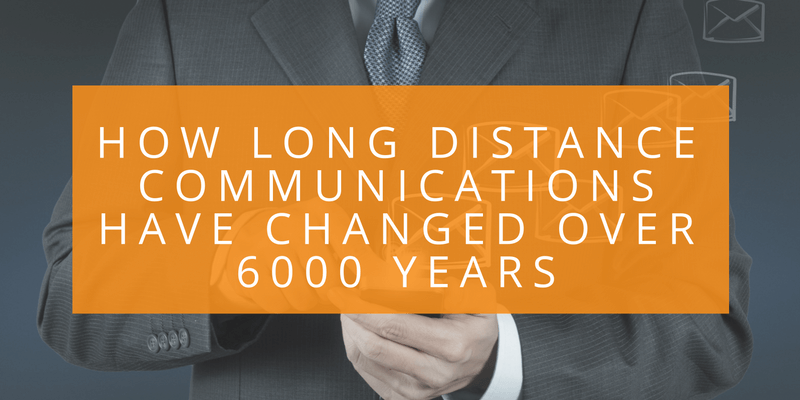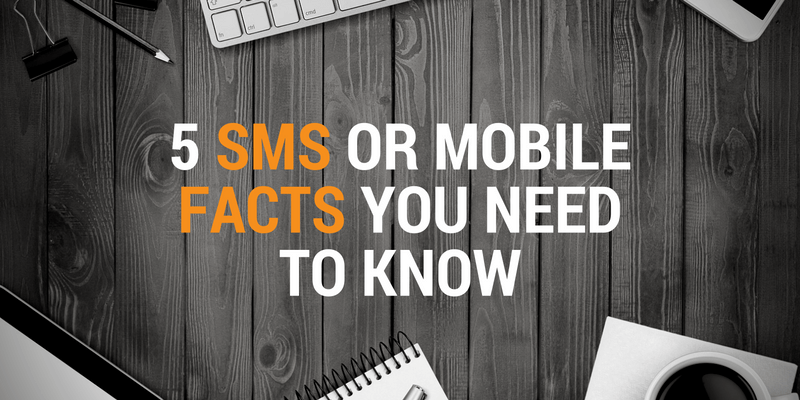The Truth About SMS Opt Out Rates

You’ve read all about getting subscribers, the legal and recommended guidelines, and put great offers out to your list. But people still unsubscribe. Should you be worried? Are you doing something wrong?
That depends.
As the saying goes, you can’t make 100% of the people happy 100% of the time. You will have opt outs, but whether you have too many is the question you should be asking.
Benchmarks
Marketing professionals love statistics. Don’t you? We use them to justify budgets, determine campaign effectiveness and even our jobs.
The place to start looking for them is often benchmark studies. These take averages from across an industry, or maybe many industries, and create a picture of what is good, bad, and ho-hum. It’s pretty easy to find email marketing benchmark studies. You can even find mobile marketing benchmark studies that cover all kinds of channels including apps, video, banner ads, etc.
But benchmark data for SMS is pretty hard to find, at least publically. For thousands of pounds you might find a mobile benchmark study that includes SMS for your industry. But mostly there are just scattered reports from specific SMS or mobile marketing vendors – again unless you’re willing to invest thousands into memberships or marketing reports. That’s just not practical for everyone.
You can find some really key SMS statistics publicly from good sources. Most of what you’ll find will be about how many messages are sent, the types of people that prefer SMS, how they feel about SMS marketing and so on.
But when it comes to opt in, read, reply, and opt out rates there isn’t much “benchmarked” data. In fact, the more research you do, the more you’ll find the same statistics used over and over again. The source for them is often not listed or is a secondary source (a source that lists another source). As an example, the statistic that says 98% of SMS messages are read within three minutes is repeated over and over. I finally found the original source and it’s pretty old (pre-2010 if I recall – please correct me if you know). People keep repeating it because there is no new data to replace it, and obviously it’s a really “good” statistic.
All this rambling means there isn’t a good number to give you as a “benchmark” to know if you’re opt out rate is too high, or amazingly low (a good thing). After much looking around I found some sources that said 3.5-5% opt out rates are what the “best” SMS campaigns have. I’m sharing the numbers with you, but I repeat the validity of the numbers is suspect. One source dates to 2012, and I have yet to find the original source for the other.
So what opt out rate is ok?
Here’s the ugly truth: You need to figure out what your acceptable SMS opt out rate is.
There I said it. If you’re just starting out that might be a little scary because you won’t know for a while until you get enough data. And if you have been doing it awhile, does the average you have mean it’s a good average? The question is still, “Are too many people opting out?”
To help you decide on what number is right for you, here are a couple of things to keep in mind:
- Does the opt out rate spike after certain promotions? If the answer is yes, then maybe you need to look at your promotions closer. People could be opting out for any number of reasons including the offer or the time of day. If it happens with every promotion, then there’s something you’re doing consistently you need to change. Do some testing on your messages. Change just one thing and see what happens. You can even test out the changes on a subset of your subscribers to see what the results are before you send it out to everyone.
- Is there any cyclical pattern to the opt outs? Do you have some pattern to your opt outs, such as they are low from May to September but go up in November and December (the worst time!)? If you run a seasonal business, this might make sense. Your customers aren’t interested in the same things at different times. Even if you aren’t a seasonal business, your customers might be interested in different things at those times of the year. The pattern may not be so obvious either. Maybe customers opt out more on offers that require in-store purchases rather than mobile coupons. Plotting the opt-out rate various ways can help you visually identify the patterns based on offer type, time of day, time of year, etc.
It will take some time to see how your campaigns perform. A single campaign could be a huge success within hours, but only as the weeks go by will your lists behaviour become clear. They may love “this”, but hate “that” enough to unsubscribe. But don’t worry. As long as you keep at it and keep an eye on your unsubscribe rate you’ll figure it all out. And maybe at some point they’re will be good industry statistics to compare to – but you’ll already know what works for you.
Related Articles
Do You Really Check Your Mobile Phone 1550 Times a Week?
Recently Tecmark released the results of a survey they conducted on mobile phone use. You’ll see the results reported everywhere online as the data is quite extraordinary. Here’s we include a summary of statistics for an average user. They may not be all that surprising, but they're certainly telling.
3 SMS Marketing Metrics That You Need to Know
SMS marketing is one of the most effective mobile marketing channels available. It’s also one of the easiest to measure your performance for every campaign, even every message. Read the full blog to discover the three of the basic metrics you’ll need to know to evaluate your success.
SMS Messaging is Much Better Than Shouting!
Just in the last 60-70 years, communications have gone from requiring a person to route the calls to not needing anyone other than the two people at either end. It all got me wondering about the history of communications and how much different it is from even just a 100 years ago, or a thousand. The result of my wondering is this infographic that covers most of recorded history (at some level of detail anyway).
Advantages & Disadvantages of SMS Marketing
SMS marketing is very different to most other more traditional marketing tools, specifically because of its short-form, text only nature. This certainly shouldn't put you off though. We have put together our guide to both the best things about SMS marketing and some of the potential problems, and how to work around them.
70% of Employees Want Their Employers to Use SMS Messaging
SMS messaging is a terrific way of keeping in touch with employees. Confirm work schedules, notify employees of payroll transfers, chase deadlines and more. What's really great is that the employees themselves really want employers to communicate the way.
3 Tips to Help You Time Your SMS Marketing Campaign
Timing is everything. While it’s an axiom everyone can understand and agree on, it’s doubly true when it comes to SMS marketing. If you send your messages at the wrong time, you’ll see your opt out rates jump and your ROI plummet. So when should you send your text marketing messages? Here are three key guidelines to help you schedule your next campaign.
Proof SMS Messaging Gets Results: Opt-Ins
SMS messaging is one of the most effective mobile marketing channels. The proof is in the data, of course. In this blog post, you’ll discover how many opt ins businesses get, and how quickly they get them once they give SMS messaging a go.
5 Amazing SMS Statistics from Salesforce
Every year Salesforce releases its State of Marketing report. It offers insight into how marketers use and see the various tools and channels available today. In the 2016 report, much of the content focused on social and email, but also included a good deal of information on mobile marketing too.
5 SMS or Mobile Facts You Need to Know
So many of us are used to having our mobiles around nearly 24 hours a day that it’s easy to forget it’s still a growing industry. And though SMS has been around for over two decades, the ways we use it and people’s willingness to use it continues to grow. So for this blog I picked out five facts about mobile and SMS that really make the case that SMS for business has come of age. Let’s see if you agree.
Have IM Apps Made SMS Messaging Irrelevant?
Earlier this year there was big news. WhatsApp users were sending more messages each day than SMS users were sending. According to the Telegraph, WhatsApp was 50% more popular than SMS messaging. And the truth is the number of SMS messages sent each day has declined over the last few years. In the UK it was down almost 25% from 2012 to 2013. But is that the whole picture?












